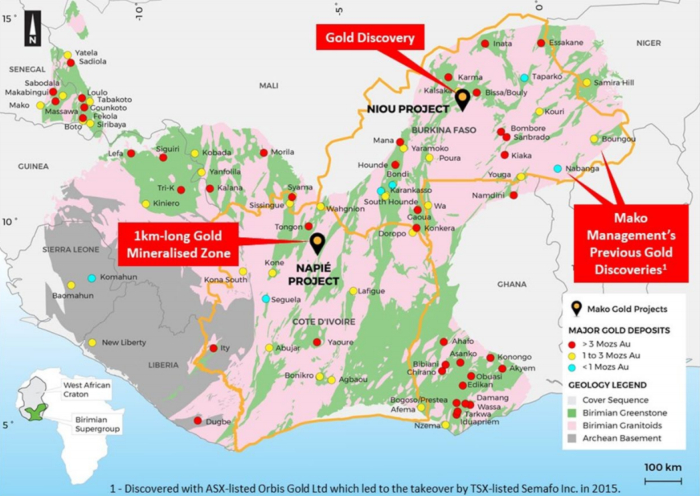Spring outlook shows regions dry conditions likely to continue

WARMER and drier than average conditions are expected across the region this spring, the latest weather modelling from the Bureau of Meteorology shows.
The spring outlook released on Thursday shows the entire region will be warmer and the dry weather will continue.
Already, the entire state of NSW has been declared in drought, with many farmers struggling through very tough conditions.
Bureau of Meteorology manager of long range forecasting Dr Andrew Watkins said that overall Australia had experienced one of the warmest winters on record for maximum temperatures.
He said much of the eastern mainland had experienced an exceptionally dry 2018 and the outlook was not great news for farmers in drought-impacted parts of the country.
“These regions need a lot of rain to break the current drought,” Dr Watkins said.
“Like all Australians, all of us at the Bureau of Meteorology are hoping those affected by the drought will get the rain they need soon.
- VIDEO: Climate and Water Outlook, September–November 2018
“Unfortunately, our outlooks show odds favouring a drier and warmer than average spring for many areas.”
Daytime temperatures during spring are expected to be warmer than average, with a 70 per cent chance of exceeding the median maximums for areas including: Bathurst, Lithgow, Orange and Parkes.
While this drops to a 65 per cent chance in Mudgee and Dubbo.
The outlook suggests that spring rainfall was likely to be below-average for much of the region.
For locations including Bathurst, Lithgow, Mudgee, Orange and Parkes there is a 35 per cent chance of exceeding average springtime rainfalls.
However, the chance is slightly higher in Dubbo where there is a 40 per cent chance.
Dr Watkins said one of Australias main climate drivers, the El-Nino-Southern Oscillation (ENSO) was currently in a neutral phase, however the Bureaus ENSO Outlook was at El Niño Watch.
This means the chances of an El Niño forming in the coming spring was 50 per cent, roughly double the normal chances.
“Traditionally El Niño events result in warmer and drier than average conditions across eastern Australia,” he said.
OUTLOOK: The chance of above median maximum temperature for September to November. Image: BUREAU OF METEOROLOGY
“However, it is important to remember that the strength of an El Niño event doesn't always translate into the conditions we see.
“In the past we've had strong El Niño events accompanied by mild conditions and weaker El Niño events accompanied by severe conditions.
“A number of international models are also predicting a positive Indian Ocean Dipole event could potentially develop during spring which would further exacerbate the drying trend.”
The 2018 Spring Outlook was the first end-of-month seasonal outlook produced using the Bureaus upgraded climate outlook model.
The new model better simulates regional climate patterns, providing more accurate and localised outlooks than was previously possible using past models.
[contf]
[contfnew]

Nyngan Observer
[contfnewc]
[contfnewc]










